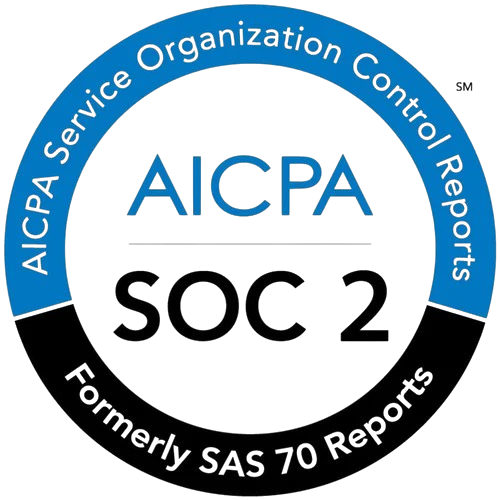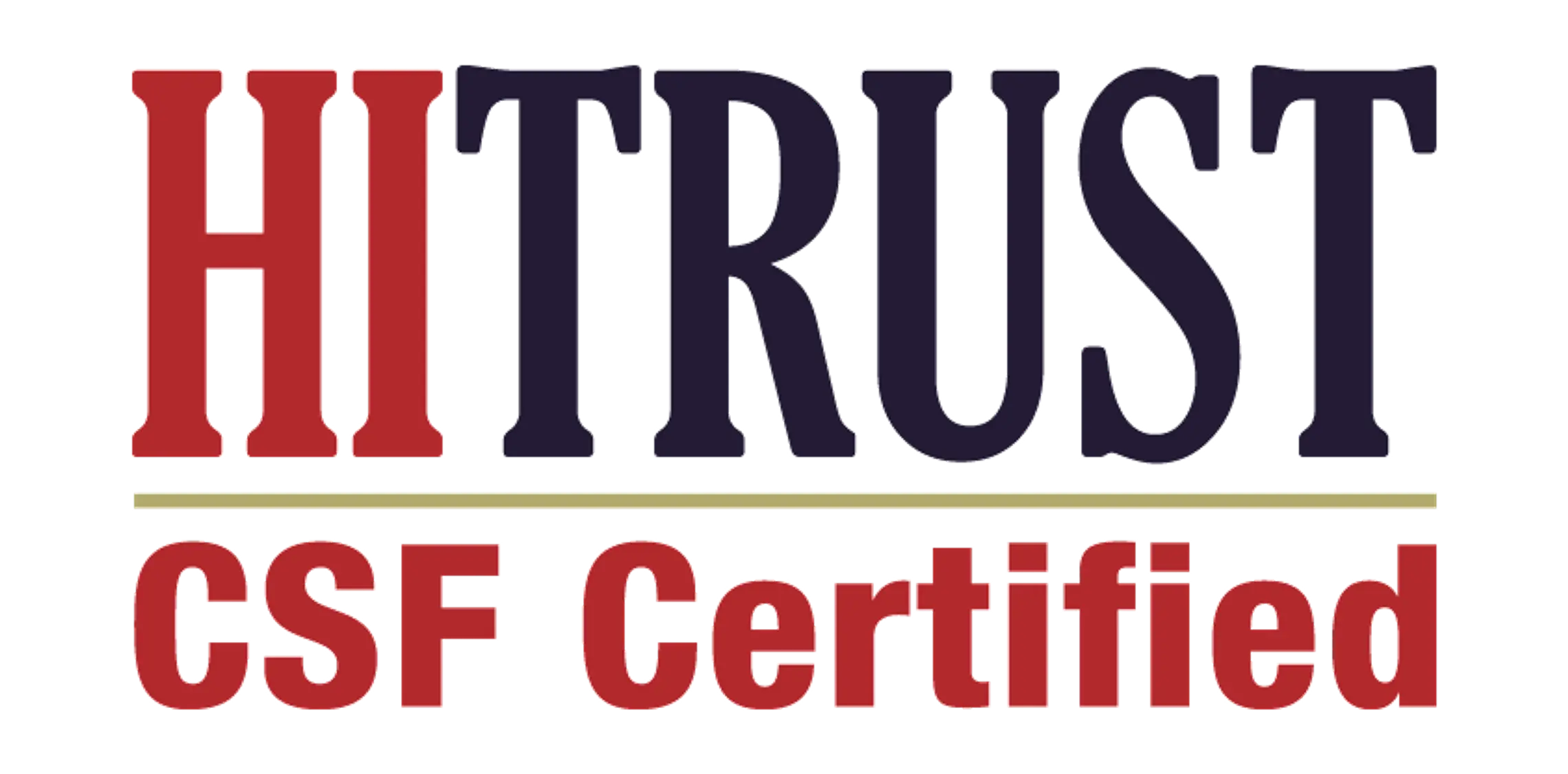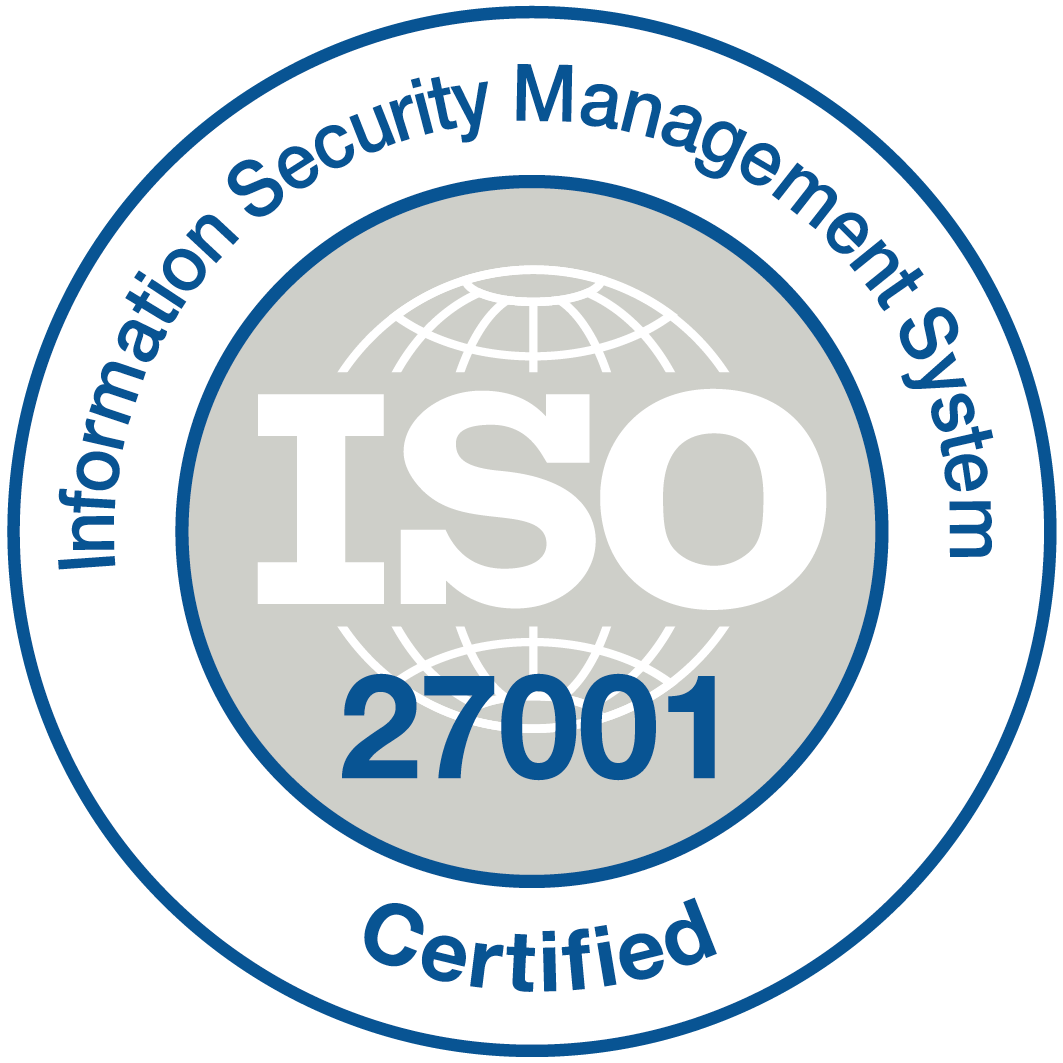Unlocking the future: New trends shaping medical coding in 2025

As we venture deeper into 2025, the landscape of medical coding continues to evolve at an unprecedented pace. With advancements in technology, changes in healthcare regulations, and a growing emphasis on data integrity, medical coding professionals are adapting to a new paradigm. Let’s explore some of the most impactful trends currently shaping the field.
1. The Rise of AI and Automation
One of the standout trends in medical coding is the integration of artificial intelligence (AI) and automation tools. These technologies are revolutionizing the process of transcribing healthcare data into coded formats. AI-driven software can analyze vast amounts of clinical documentation, identifying relevant medical codes with remarkable speed and accuracy. This not only reduces the burden on coders but also minimizes human error, thus improving overall coding quality.
As AI becomes more sophisticated, the role of medical coders is evolving from a traditional focus on manual coding to a more analytical position. Coders now need to work alongside these emerging technologies, interpreting AI-generated outputs and ensuring compliance with coding guidelines.
2. Enhanced Focus on Compliance and Documentation Accuracy
With evolving regulations, including those from the Centers for Medicare & Medicaid Services (CMS), there is a growing emphasis on compliance and documentation accuracy in medical coding. The transition from ICD-9 to ICD-10 marked a significant shift that required a more detailed coding approach. As coders adapt to these complexities, facilities are investing in ongoing training and workforce development to keep their teams updated on coding rules and guidelines.
Moreover, regulatory bodies are increasingly scrutinizing coding practices, pushing for greater accountability. Healthcare providers are expected to maintain meticulous documentation to support the codes claimed for reimbursement, ensuring that healthcare providers are adequately compensated for their services without risk of audits or penalties.
3. The Growing Importance of Telehealth Coding
The pandemic transformed the way healthcare is delivered, with telehealth emerging as a vital service. This shift has necessitated the development of specific coding guidelines for virtual visits, remote patient monitoring, and other telehealth-related services. Coders must now familiarize themselves with new codes and rules governing telehealth to accurately reflect services rendered.
As telehealth continues gaining traction, the demand for coders skilled in telehealth coding will only increase. Providers realizing the sustained popularity of remote services will likely continue to offer virtual visits, creating a lasting impact on coding practices.
4. Emphasis on Data Analytics
Data is the new oil, and the healthcare sector is no exception. An emerging trend in medical coding is the need for data analytics proficiency. Organizations are utilizing coding data to drive clinical and operational decisions. Accurate coding leads to better data collection, enabling providers to analyze treatment outcomes and streamline operations efficiently.
Coders who can analyze this data will be better positioned to not only enhance coding accuracy but also contribute to the overall improvement of healthcare systems. The fusion of medical coding and data analytics is creating a new realm of opportunities for coding professionals.
Conclusion
As we navigate through 2025, the trends in medical coding reflect a broader shift towards technology integration, regulatory compliance, and data-driven decision-making. Coders are stepping into more analytical roles that demand an understanding of both coding practices and emerging technologies. Embracing these changes will be essential for success in the constantly evolving field of medical coding, ensuring that providers can deliver high-quality care while maintaining efficient and accurate billing practices. The future of medical coding is bright, and it is a thrilling time to be a part of this dynamic landscape!






